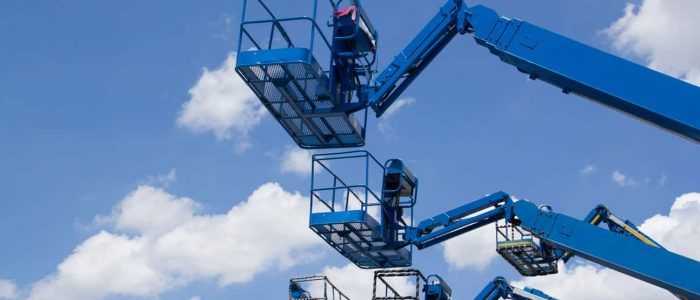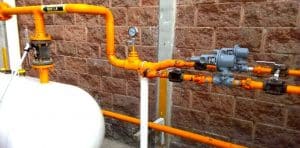What are the risks of using lifting equipment? How can we prevent them? What steps to follow to maintain minimum security standards?
When we talk about the construction industry, we inevitably have to think about the lifting operations inherent in this sector.
Although they can be done manually, it is also common to use lifting equipment to facilitate the performance of these tasks.
However, when it comes to lifting operations, there is always a risk that can compromise health or cause injury to construction workers. Count on the load lifting equipment Adequate safety measures can make the biggest difference between taking on the risks associated with lifting operations in the construction industry, and the great benefits of adopting safety measures aimed at reducing these risks.
How to Avoid the Risks of Manual Lifting
Although the tasks that involve workers to transport or move heavy loads have been drastically reduced in recent years thanks to the use of machinery such as the reel trolley, the coil elevator and other motorized assemblies, it is still important to take the relevant precautionary measures. Construction industry jobs associated with manual lifting tasks include scaffolding erection, masonry, and plasterboard processing.
This type of work can lead to musculoskeletal disorders, such as low back pain. Back pain is common in construction workers, as are accidents that cause acute trauma, such as cuts or fractures.
The tasks of loading, execution and organization of work are some of the risk factors related to the different injuries due to manual lifting.
The main dangers of using lifting equipment
Among the main potential dangers of using lifting equipment, the risk related to loads stands out. That is, crushing due to the impact of moving objects or loads falling from vehicles.
In addition, the hazards of moving vehicles or collapsing structures, such as cranes falling due to improper fastening or strong wind, unsafe loads, loads that exceed safe weight limits, or the risk of entrapment are other hazards associated with load lifting equipment.
These hazards are mainly caused by poor mechanical design, improper workplace design, or a malfunctioning signaling system. Using or misusing equipment for the purpose, insecurely inserted loads and human error are the main causes of accidents using lifting equipment.
How to ensure safe and healthy lifting operations
The main prevention measures follow the general prevention principles of Council Directive 89/391 / EEC on health and safety at work.
Cooperating and protecting the health and safety of workers is a task in which both employers and project supervisors are involved. Appointing a coordinator is also common for temporary and mobile construction sites.
Employers must conduct an effective risk assessment by taking the following steps:
- Identification of hazards and people at risk.
- Involvement of employees in the process.
- Consideration of the causes of the identified hazards.
- Choose a preventive action.
- Take action and prioritize preventive and protective measures.
- Monitor risks and review prevention measures.
The employer is responsible for ensuring that all lifting operations are performed safely. It is your job to properly plan each lifting operation so that it is performed safely. Their duties include appointing a properly trained person to ensure safe lifting operations, provide the necessary resources for the task, and ensure that all appointees are properly trained, authorized, and competent.


